LG Gram +view review: A portable panel with lashings of class
Good mainstream quality, a solid specification and sleek design make for the ideal notebook companion
-
+
Good mainstream image quality
-
+
Easy to use
-
+
Slim and light
-
-
Pricier than other monitor options

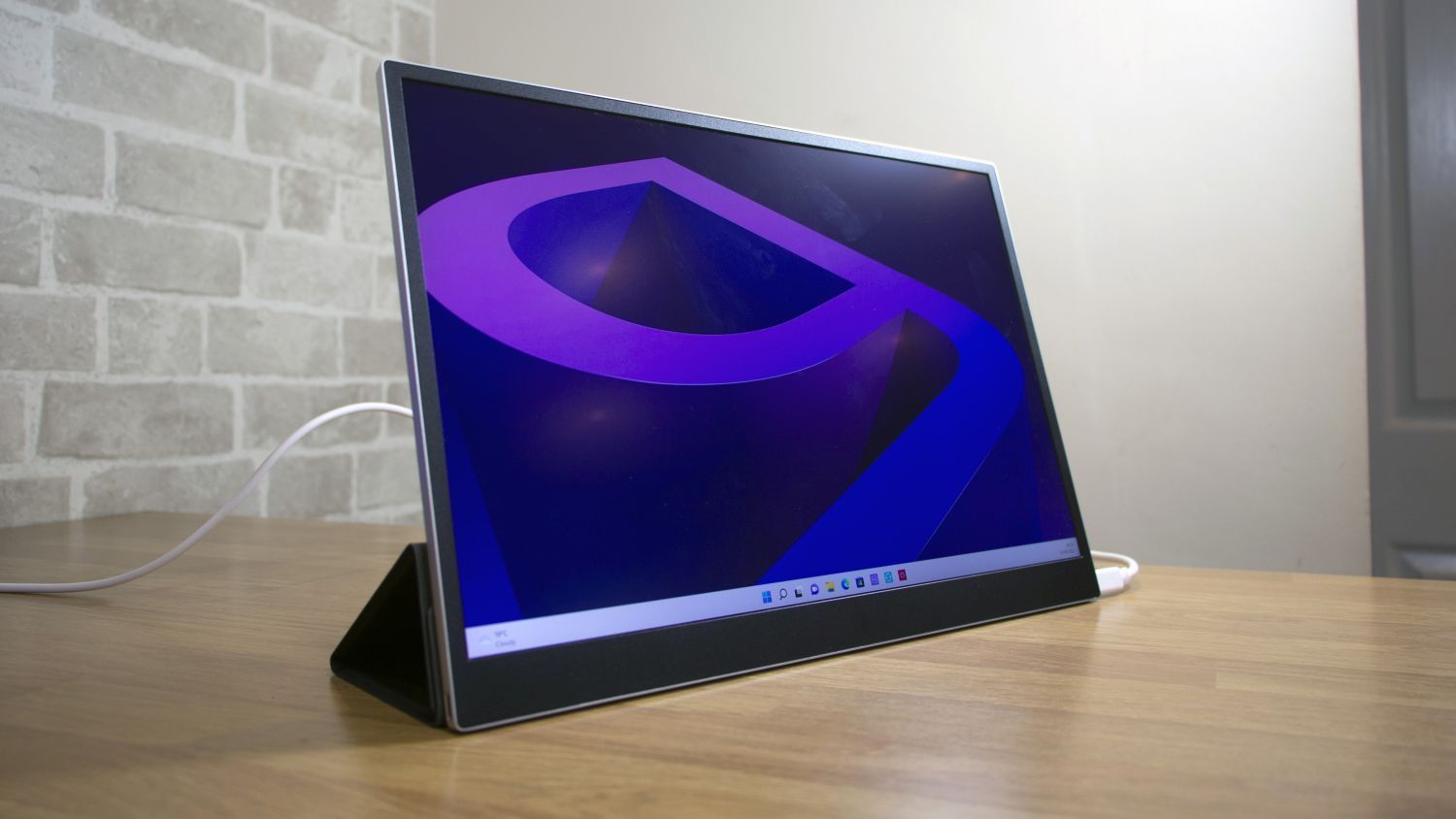
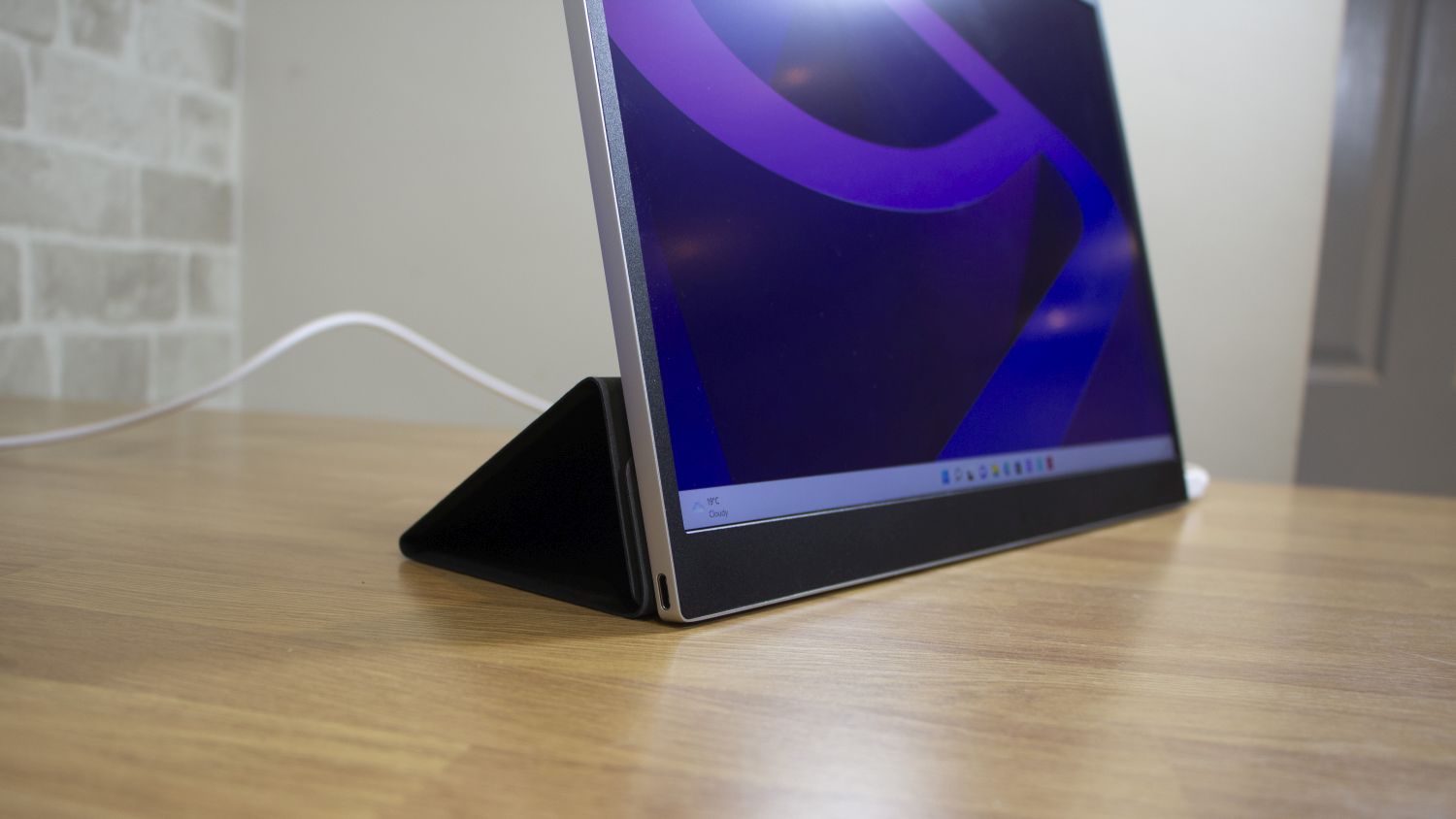
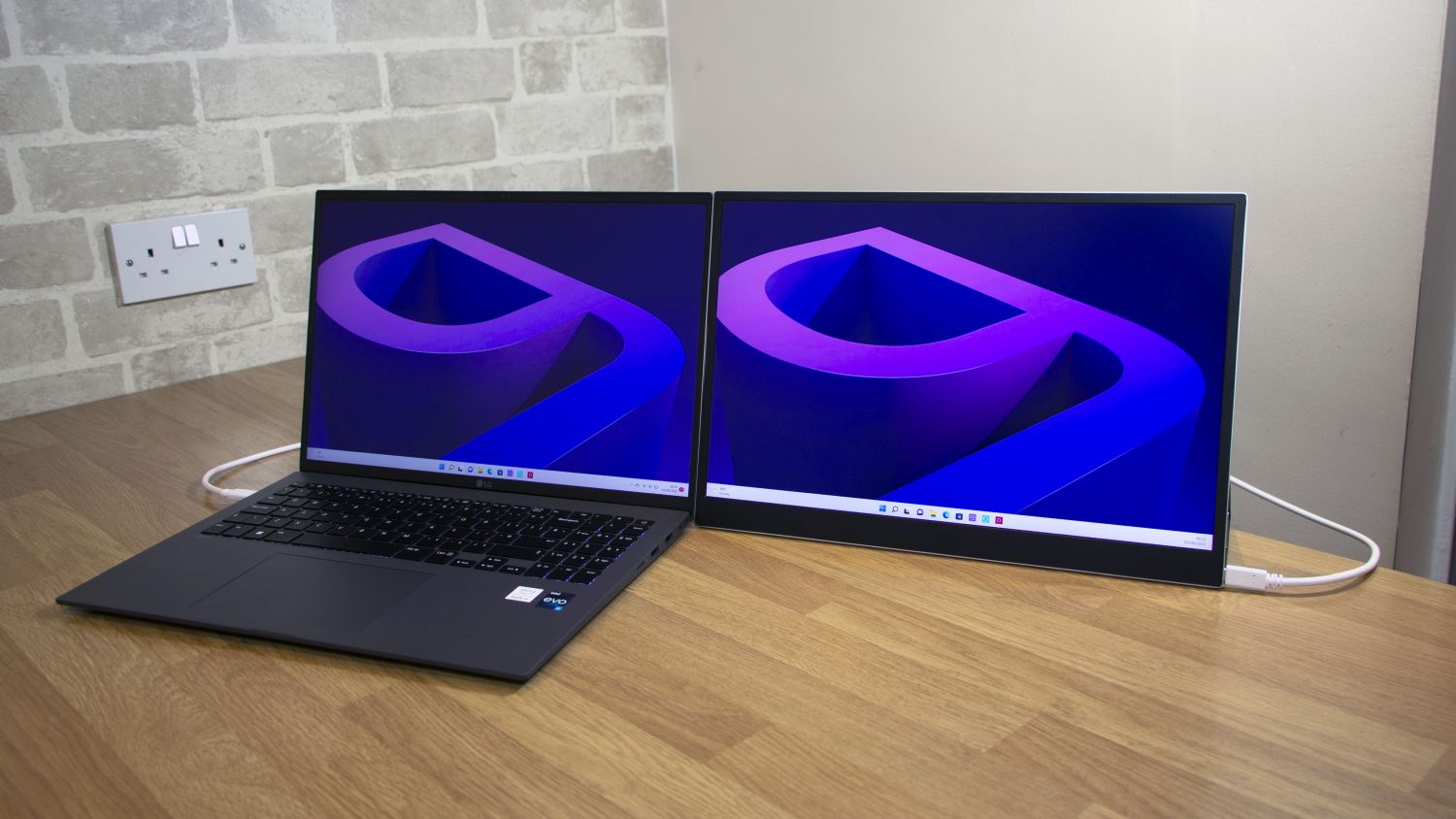
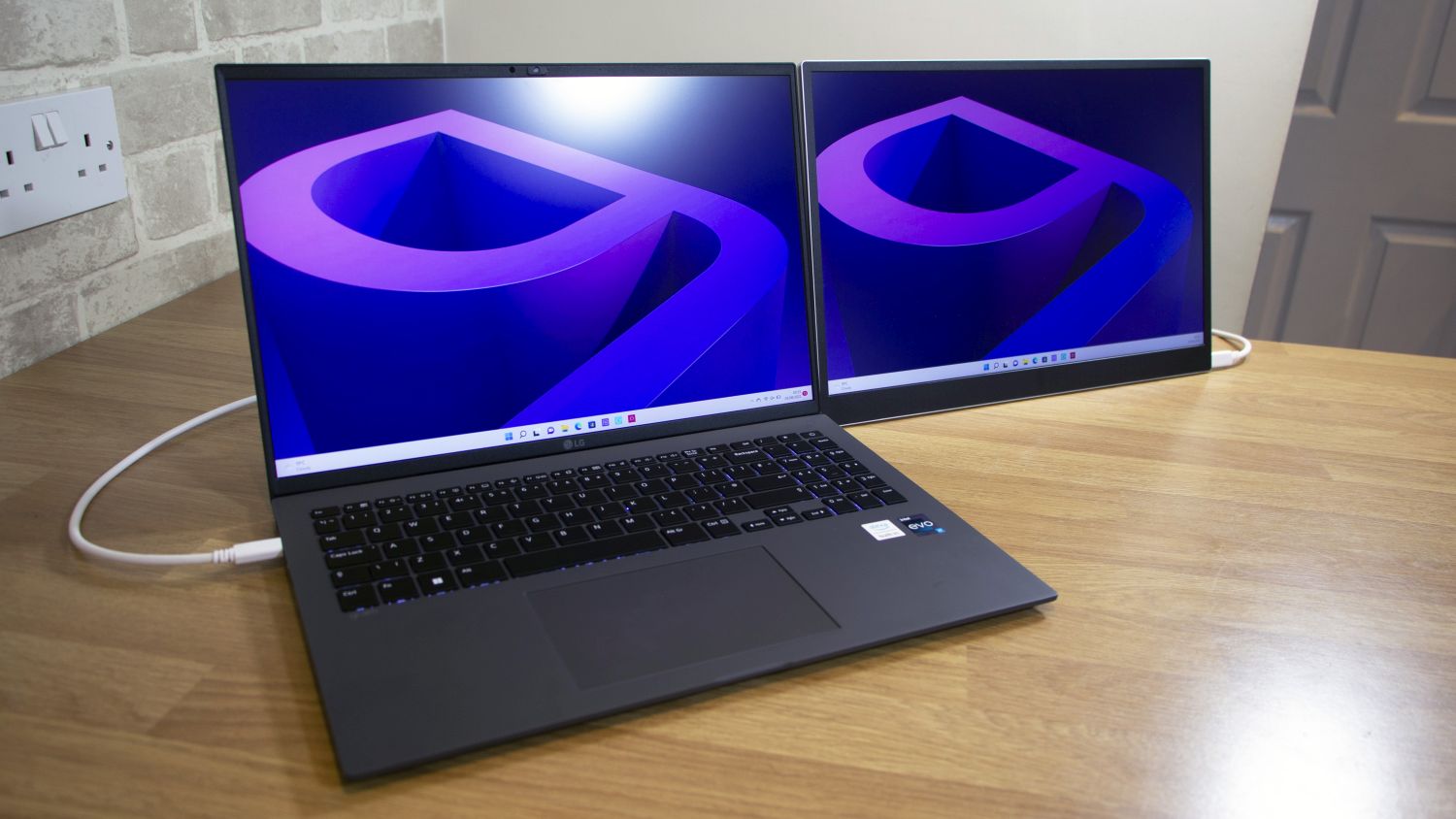
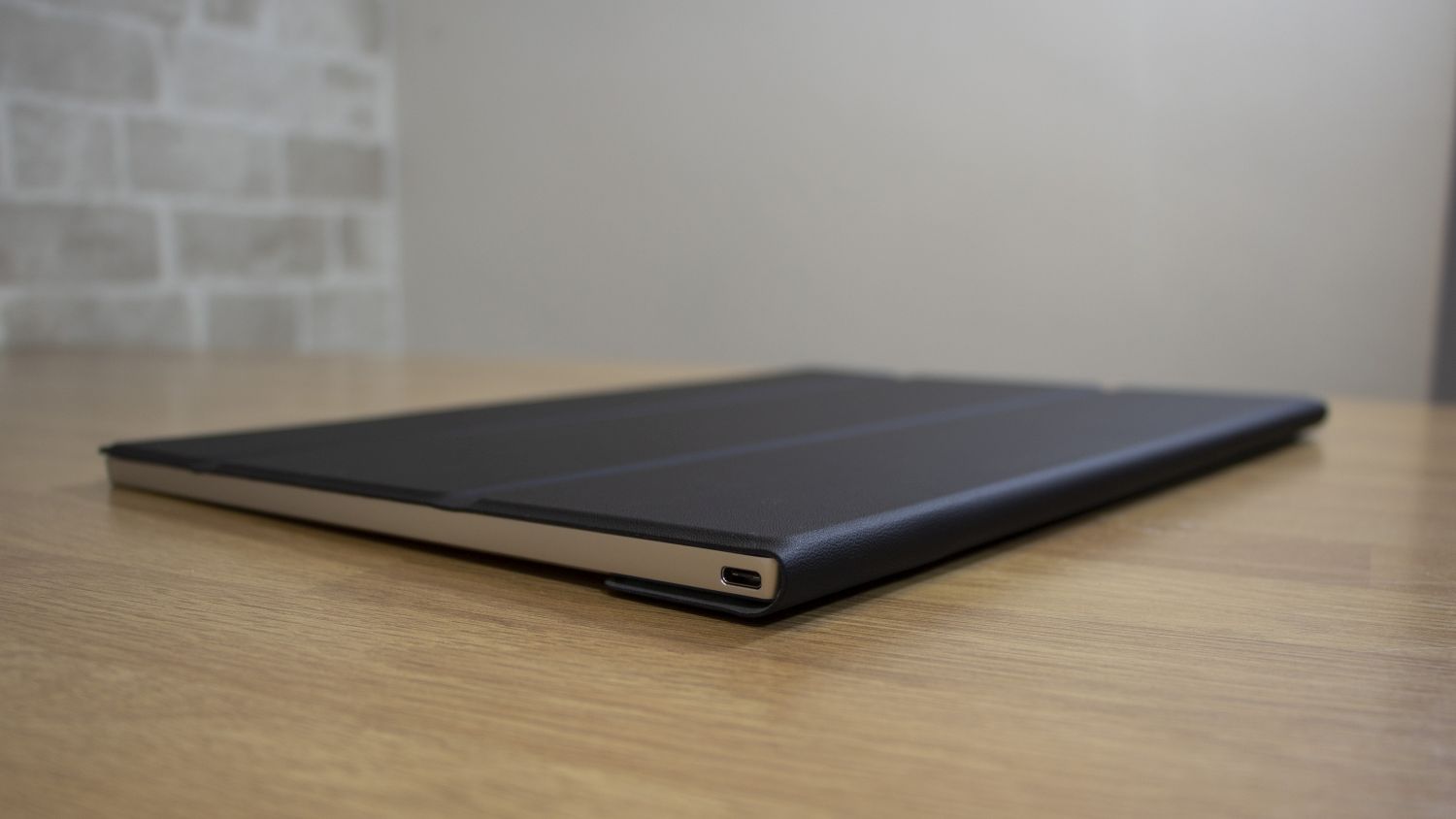
An external display is a great option if you want to make your laptop more useful, and LG’s Gram +view marks the first time we’ve seen a secondary screen included as an option alongside a notebook.
The screen is available with a number of different Gram machines, and prices are reasonable – we received the panel alongside the latest LG Gram 16, and the two are bundled at £1,541 exc VAT. The +view is sold separately, too, for £249 exc VAT, and it works with non-LG laptops. Can this portable powerhouse become one of the best business monitors?
LG Gram +view review: Design
The LG’s 2,560 x 1,600 resolution is a great starting point for any professional display. The high resolution means you get a crisper experience when compared to conventional 1080p screens, and you’ve got more space to use multiple apps or windows.
The 16:10 aspect ratio plays a part, too – it’s easier to work inside web browsers and Office tools with a bit more vertical space. Underpinning those headline figures you’ll find IPS technology, which ensures decent colours – as it did on the Gram laptop. It’s got an anti-glare coating, too, but it’s non-touch.
Because the +view is designed alongside Gram laptops it shares much of the design language, which means you get slim bezels, sleek edges and metallic colours. It only weighs 990g once you included its protective cover, and it’s just 8.3mm thin – so if you pair the +view with a Gram laptop, the combined package isn’t much larger or heavier than many other notebooks.

The +view is powered by USB-C and it includes ports on either side to make positioning easier. The right-hand edge has a volume rocker, and it doesn’t need a power button – it worked automatically in our tests on both LG and non-LG notebooks. It’s a very easy way to boost your mobile workflow with a desktop-style dual-screen layout.
Our only real design quibble comes from the folio case. It attaches to the rear of the +view with magnets and it’s easy enough to use it to prop up the panel, but it only covers the screen – so the rear of the display has no protection.
You’d be wise to consider the screen’s value, too. If you’re buying a Gram laptop the bundle prices offer good value, but as a standalone product, the LG is a bit pricier than most other portable displays – although it admittedly has a better specification. It’s also more expensive than a conventional desktop monitor, and while you’ll lose portability if you buy a normal display, it’s worth considering that route if you’ll usually be working at the same desk.
LG Gram +view review: Image quality
The LG Gram 16 and the +view share the same IPS display, so it’s no surprise that they produced similarly impressive benchmark results.
The screen’s brightness level of 351cd/m2 is marginally behind the laptop, but it’s still high enough to handle indoor and outdoor use – and the black point of 0.29cd/m2 means a rock-solid contrast ratio of 1,210:1. That’s exactly what we expect from an IPS display, and it helps the +view serve up plenty of vibrancy for everyday use.

The screen’s Delta E of 3.02 and colour temperature of 6,893K are barely any different from the View’s figures, and they sit alongside sRGB and DCI-P3 coverage levels of 99.7% and 97.2%, respectively. They’re all good results and they mean that the +view has the colour quality for everyday workloads, media viewing and some light content creation.
That’s great when the +view sits alongside a laptop like the Gram 16, which is only suitable for those mainstream situations – but this screen can’t render enough of the Adobe RGB gamut to work well in Adobe software, and you’ll need a screen with a sub-2.0 Delta E if you want a panel that can tackle demanding, colour-sensitive creative apps.
LG Gram +view review: Verdict
Still, those are good benchmark results for a portable display – all too often these secondary panels offer terrible image quality. Combine that with the lightweight, straightforward design and the reasonable pricing, and you’ve got a winning accessory to any laptop, as well as an ideal product for anyone who needs a second screen on the move.
LG Gram +view specifications
| Screen size | 16in |
| Screen resolution | 2,560 x 1,600 |
| Screen technology | IPS |
| Screen refresh rate | 60Hz |
| Video inputs | 2 x USB-C |
| Ports | 2 x USB-C |
| Adjustability | Folio case |
| Dimensions | 360 x 246 x 8.3mm (WxDxH) |
| Weight | 990g |
| Warranty | 1yr RTB |
Get the ITPro daily newsletter
Sign up today and you will receive a free copy of our Future Focus 2025 report - the leading guidance on AI, cybersecurity and other IT challenges as per 700+ senior executives
Mike Jennings has worked as a technology journalist for more than a decade and has been fascinated by computers since childhood, when he spent far too long building terrible websites. He loves desktop PCs, components, laptops and anything to do with the latest hardware.
Mike worked as a staff writer at PC Pro magazine in London for seven years, and during that time wrote for a variety of other tech titles, including Custom PC, Micro Mart and Computer Shopper. Since 2013, he’s been a freelance tech writer, and writes regularly for titles like Wired, TechRadar, Stuff, TechSpot, IT Pro, TrustedReviews and TechAdvisor. He still loves tech and covers everything from the latest business hardware and software to high-end gaming gear, and you’ll find him on plenty of sites writing reviews, features and guides on a vast range of topics.
You can email Mike at mike@mike-jennings.net, or find him on Twitter at @mikejjennings
-
 ‘Phishing kits are a force multiplier': Cheap cyber crime kits can be bought on the dark web for less than $25 – and experts warn it’s lowering the barrier of entry for amateur hackers
‘Phishing kits are a force multiplier': Cheap cyber crime kits can be bought on the dark web for less than $25 – and experts warn it’s lowering the barrier of entry for amateur hackersNews Research from NordVPN shows phishing kits are now widely available on the dark web and via messaging apps like Telegram, and are often selling for less than $25.
By Emma Woollacott Published
-
 Redis unveils new tools for developers working on AI applications
Redis unveils new tools for developers working on AI applicationsNews Redis has announced new tools aimed at making it easier for AI developers to build applications and optimize large language model (LLM) outputs.
By Ross Kelly Published
-
 Google layoffs continue with "hundreds" cut from Chrome, Android, and Pixel teams
Google layoffs continue with "hundreds" cut from Chrome, Android, and Pixel teamsNews The tech giant's efficiency drive enters a third year with devices teams the latest target
By Bobby Hellard Published